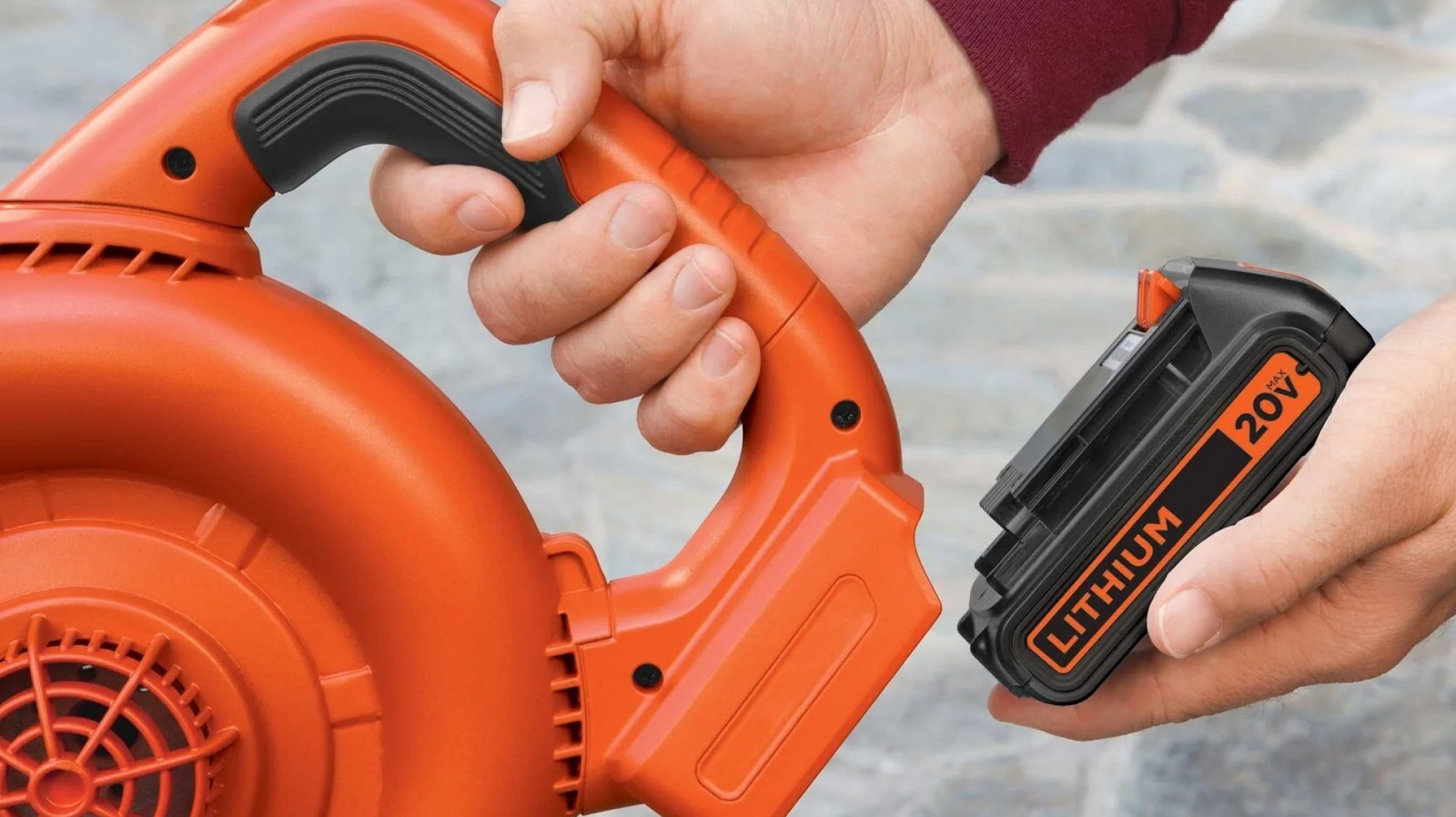What’s in a Washer?
Some things are so common you forget about them. How often do you think about an ordinary resistor, for example? Yet if you have a bad resistor, you’ll find it …read more


Some things are so common you forget about them. How often do you think about an ordinary resistor, for example? Yet if you have a bad resistor, you’ll find it can be a big problem. Plus, how can you really understand electronics if you don’t know all the subtle details of a resistor? In the mechanical world, you could make the same arguments about the washer, and [New Mind] is ready to explain the history and the gory details of using washers in a recent video that you can see below.
The simple answer is that washers allow a bolt to fit in a hole otherwise too large, but that’s only a small part of the story. Technically, what you are really doing is distributing the load of a threaded fastener. However, washers can also act as spacers or springs. Some washers can lock, and some indicate various things like wear or preloading conditions.
Plain washers have a surprising number of secondary functions. Spring washers, including Belleville washers, help prevent fasteners from loosening over time. Wave washers look — well — wavy. They provide precise force against the bolt for preloading. Locking washers are also made to prevent fasteners from loosening, but use teeth or stops instead of springs.
There are plenty of standards, of course, that mostly match up. Mostly.
If you like knowing about odd washers, you might also want to know about the bolts that pass through them.




























![Gurman: First Foldable iPhone 'Should Be on the Market by 2027' [Updated]](https://images.macrumors.com/t/7O_4ilWjMpNSXf1pIBM37P_dKgU=/2500x/article-new/2025/03/Foldable-iPhone-2023-Feature-Homescreen.jpg)










































![Apple Shares 'Last Scene' Short Film Shot on iPhone 16 Pro [Video]](https://www.iclarified.com/images/news/97289/97289/97289-640.jpg)
![Apple M4 MacBook Air Hits New All-Time Low of $824 [Deal]](https://www.iclarified.com/images/news/97288/97288/97288-640.jpg)
![An Apple Product Renaissance Is on the Way [Gurman]](https://www.iclarified.com/images/news/97286/97286/97286-640.jpg)
![Apple to Sync Captive Wi-Fi Logins Across iPhone, iPad, and Mac [Report]](https://www.iclarified.com/images/news/97284/97284/97284-640.jpg)













![What Google Messages features are rolling out [May 2025]](https://i0.wp.com/9to5google.com/wp-content/uploads/sites/4/2023/12/google-messages-name-cover.png?resize=1200%2C628&quality=82&strip=all&ssl=1)
![[Fixed] Gemini 2.5 Flash missing file upload for free app users](https://i0.wp.com/9to5google.com/wp-content/uploads/sites/4/2025/03/google-gemini-workspace-1.jpg?resize=1200%2C628&quality=82&strip=all&ssl=1)






















































































































































































































































































































































































![Ditching a Microsoft Job to Enter Startup Purgatory with Lonewolf Engineer Sam Crombie [Podcast #171]](https://cdn.hashnode.com/res/hashnode/image/upload/v1746753508177/0cd57f66-fdb0-4972-b285-1443a7db39fc.png?#)





![[DEALS] Internxt Cloud Storage Lifetime Subscription: 10TB Plan (88% off) & Other Deals Up To 98% Off – Offers End Soon!](https://www.javacodegeeks.com/wp-content/uploads/2012/12/jcg-logo.jpg)




















-Tony-Hawk's™-Pro-Skater™-3-+-4-Reveal-Trailer-00-00-27.png?width=1920&height=1920&fit=bounds&quality=70&format=jpg&auto=webp#)

.png?width=1920&height=1920&fit=bounds&quality=70&format=jpg&auto=webp#)



































































